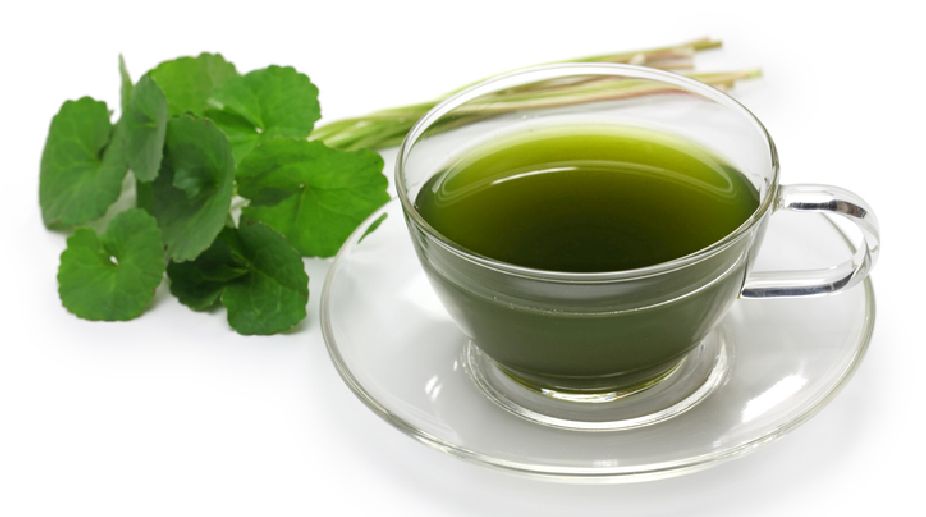Indian pennywort is a famed memory enhancer, a delectable culinary herb and a doctor’s ‘good bet’ in treating neurological disorders. It is colloquially as popular as Brahmi, which is technically and authentically a different herb with similar qualities. Its botanical name is Centella asiatica. It is known as Gotu kola [Sinhala], Ondelaga [Kannada], Mandookaparni [Sanskrit], Kodangal [Malayalam], Vallarai keerai [Tamil], and Saraswataku [Telugu].
Indian pennywort [Spadeleaf; or, Hydrocotyle asiatica] is a perennial runner; it is commonly found as a weed in wet lands, or cultivated for its medicinal and nutraceutical benefits. A super-food for boosting cognition, especially in the paediatric population and a boon for treating nervous disorders, Indian pennywort is also a good source of dietary fibre, calcium, iron, riboflavin [vitamin B2], vitamin C [81 per cent; Reference Daily Intake {RDI}] and vitamin A [50 per cent of RDI].
Human beings are known for their superior cognitive functions. Optimal intellect and cognitive behaviour is indispensable for deciding our quality of life: socially, academically, professionally, economically and spiritually. Cognitive functions sans neurological involvement is never a possibility. Ayurveda covers our cognitive aspects under three parameters — dhi, dhruti and smruti. They refer to grasping new information, retention ability, and memory, respectively.
Mandookaparni is one of the herbs quoted as medhya rasayana [medha implies the intellect] in the renowned treatise, Charaka Samhita. Ayurveda texts praise it as a great herb for longevity, memory enhancement, and rejuvenation. It is not only useful for diseases of skin and blood, but also in poisoning and fevers. It also has proven benefits in maintaining peripheral neurological deficits, including diabetic neuropathy and chemotherapy-induced neuropathies, among others.
Indian Pennywort In Cuisine
Sri Lankan gotu kola kenda is a rice porridge cooked with coconut milk, spices, pennywort juice, and served unsweetened, or sweetened, with a little jaggery. Burmese and Indonesian cuisine incorporates the herb in their salad recipes. It is cooked in the form of fritters in Bangladesh. This is called Thankuni patar bora.
In South India, the herb is used in the form of tambuli, or chutney. Tambuli is a buttermilk-based recipe, where the pennywort leaves are roasted in a little ghee, grinded with grated coconut, cumin, salt, pepper, and added to buttermilk, and finally seasoned with mustard and curry leaves. It is consumed as a drink, or as an accompaniment to rice. Chutney follows a similar recipe without the addition of buttermilk.
The tambuli ingredients are ground into a viscous paste and seasoned. It is served with hot rice, raw oils and raw onions.
Folk medicine recommends that the raw leaves should be consumed on an empty stomach in an increasing dosage — starting with one leaf with an addition of one extra leaf every day for 41 days. This should be subsequently reduced, in the reverse order, while retaining the same timeline, in order to enhance one’s memory. The juice made from leaves is considered the best form, according to Ayurveda.
Grandma’s Legacy
Food can be medicine and medicine food — the difference being of dosage and palatability. The Indian pennywort celebrates the idea as accomplished food, medicine and nutraceutical — a nootropic par excellence, or smart drug, or supplement, that enhances cognitive performance. This culinary legacy, which is anybody’s guess, has been passed down to us from our grandmothers.

